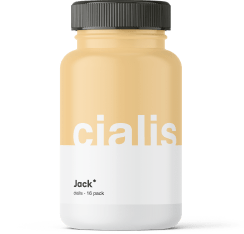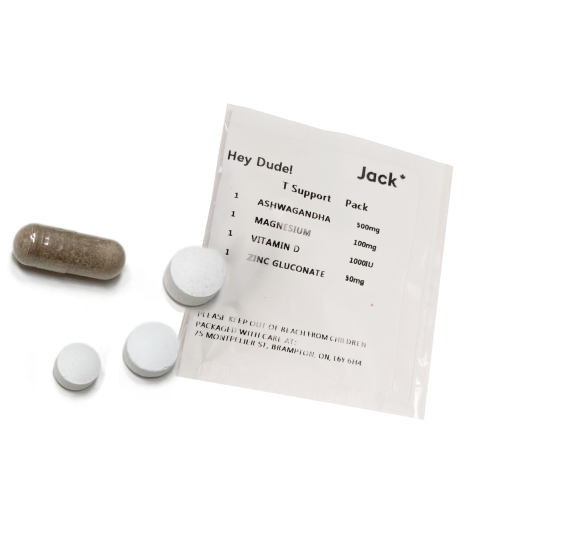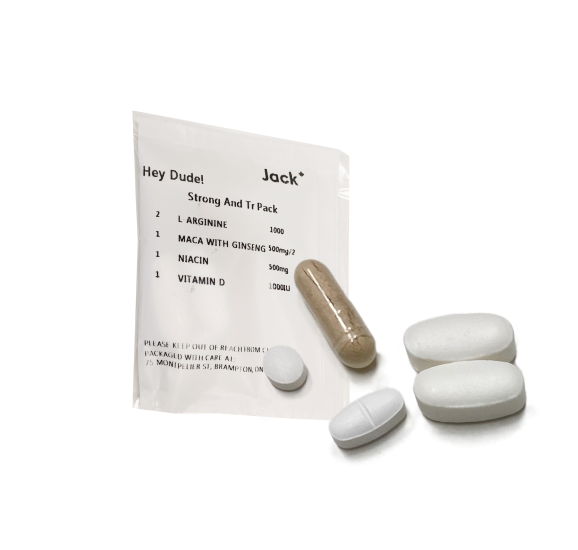Testosterone Replacement Therapy (TRT) represents a significant advancement in the treatment of low testosterone levels in men, addressing a crucial aspect of men’s health and well-being.
As an integral hormone, testosterone plays a pivotal role in various bodily functions, including muscle mass, bone density, libido, and mood regulation. However, when levels drop below the normal range, it can lead to a host of physical and psychological issues, impacting quality of life.
This content delves into the nuances of TRT, exploring its benefits, potential side effects, effectiveness, and the importance of lifestyle adjustments for men undergoing this treatment.
What is Testosterone and Its Role in Men's Health?
Testosterone for men is a popular form of testosterone replacement therapy (TRT) designed to address issues related to low testosterone levels.
It’s a medication directly absorbed through the skin, making it a less invasive option than injections.
The role of testosterone in men’s health is critical, as testosterone is a key hormone that impacts various aspects of well-being, including muscle mass and strength, mental clarity, bone strength, libido, and energy levels.
Testosterone naturally starts to decline in men’s mid-40s at a rate of about 1.5 percent per year, which can lead to symptoms such as fatigue, depression, weight gain, and decreased libido. Testosterone cream is prescribed to counter these effects by supplementing the body’s natural testosterone production, thereby improving the symptoms associated with low testosterone levels.
How Does Testosterone Cream Work in the Body?
Testosterone cream works by being applied to clean, dry skin, typically in the morning to coincide with the body’s natural hormone cycles. The cream has a moisturizing base that facilitates the absorption of testosterone directly into the bloodstream through the skin.
Over time, this helps to elevate the user’s testosterone levels back to normal or optimal levels. Balancing testosterone in the body can lead to noticeable improvements in symptoms associated with low T, such as improving mental clarity, increasing muscle mass and strength, enhancing libido, and improving energy and vitality.
It’s important to follow the prescribed application instructions closely to ensure effective absorption and to minimize the risk of accidentally transferring the medication to others.
Application sites vary but commonly include areas like the shoulders, upper arms, stomach, thighs, and even buttocks (in the case of Testosterone pellets). The cream’s efficacy in elevating and maintaining testosterone levels makes it an essential tool in managing and improving men’s health issues related to hormonal imbalances.
By directly increasing testosterone levels, testosterone cream plays a pivotal role in helping men restore and maintain their health, vitality, and overall quality of life.
Indications for Using Testosterone Cream
Testosterone cream is a topical form of hormone replacement therapy designed to treat individuals diagnosed with low testosterone levels, a condition known as hypogonadism. This therapy is often considered for those who exhibit symptoms of testosterone deficiency and have been clinically diagnosed through blood tests.
Understanding when and why to use testosterone cream requires an insight into the symptoms associated with low testosterone and the criteria for considering this specific form of treatment.
Symptoms of Low Testosterone and When to Consider Cream
Low testosterone can manifest through a variety of symptoms, affecting physical, emotional, and sexual health. Symptoms may include:
- Decreased libido or sexual desire
- Erectile dysfunction in men
- Fatigue and low energy levels
- Mood disturbances, including depression and irritability
- Reduced muscle mass and strength
- Increased body fat, particularly around the abdomen
- Decreased bone density, raising the risk of osteoporosis
- Reduced semen volume during ejaculation
- Hair loss or thinning
When these symptoms significantly impact quality of life and are accompanied by confirmed low testosterone levels, testosterone replacement therapy (TRT) may be considered. Testosterone cream is an option for those seeking a non-invasive, easily administered form of TRT. It’s particularly suitable for individuals who prefer to avoid injections or have difficulties with other forms of TRT due to allergies, skin reactions, or personal preferences.
Comparing Testosterone Cream to Other Forms
Testosterone replacement therapy can be administered through various methods, each with its advantages and disadvantages. The choice between testosterone cream, injections, and gels depends on individual needs, preferences, lifestyle factors, and medical advice.
Creams vs. Injections vs. Gels: Which is Best for You?
When it comes to testosterone replacement therapy (TRT), the main differences among creams, injections, and gels lie in their method of administration, absorption rates, convenience, and potential side effects. Understanding these differences is key to determining which form of TRT might be the best fit for your specific needs and lifestyle.
Testosterone Creams:
- Advantages: Easy to apply, can be administered daily for steady hormone levels, less invasive than injections, and generally well-tolerated.
- Disadvantages: Risk of transferring testosterone to others through skin contact, requires daily application, and may cause skin irritation or allergic reactions in some users.
Testosterone Injections:
- Advantages: Administered every few weeks, allowing for less frequent dosing. Injections provide a high level of dosage control and have been shown to effectively increase testosterone levels.
- Disadvantages: Can cause peaks and troughs in hormone levels, leading to fluctuations in mood and energy. Injections may be painful and inconvenient for those averse to needles.
Testosterone Gels:
- Advantages: Applied daily, providing a consistent dose of testosterone. Gels are easy to use and allow for quick absorption through the skin.
- Disadvantages: Like creams, there’s a risk of transferring the hormone to others. Gels can also cause skin irritation and may require a longer drying time post-application compared to creams.
Making the Choice
The choice between testosterone cream, injections, and gels should be made in consultation with a healthcare provider. Factors to consider include:
- Personal Preference: Some individuals may have a strong preference for or against certain administration methods.
- Lifestyle Considerations: Daily applications may be inconvenient for some, while others may prefer this routine to less frequent injections.
- Skin Sensitivity: Those with sensitive skin may react differently to creams or gels.
- Efficacy and Absorption: Individual response to testosterone therapy can vary, and some forms may be more effective than others depending on the person’s absorption rates and other health factors.
Ultimately, the best form of testosterone replacement therapy is the one that suits your medical needs, lifestyle, and preferences while effectively managing the symptoms of low testosterone. Regular follow-up and monitoring by a healthcare provider are crucial to adjust the treatment plan as needed and ensure optimal outcomes.
Pros and Cons of Testosterone Cream
Testosterone cream is a form of hormone replacement therapy used to treat symptoms of low testosterone levels. Like any medication, it has its advantages and disadvantages, which are crucial to consider before starting treatment.
Pros
- Ease of Use: Testosterone cream is applied topically, making it a non-invasive option compared to injections. It can be easily incorporated into a daily routine.
- Steady Absorption: The cream allows for testosterone to be absorbed through the skin directly into the bloodstream, providing a steady hormone level throughout the day.
- Avoids Liver Metabolism: Unlike oral testosterone supplements, the cream does not pass through the liver, reducing the risk of liver damage.
- Adjustable Dosage: The dose can be easily adjusted by changing the amount of cream applied, allowing for more personalized treatment.
Cons
- Skin Irritation: Some individuals may experience skin irritation or allergic reactions at the application site.
- Risk of Transfer: There’s a risk of transferring testosterone to others through skin contact, which is especially concerning for women and children.
- Daily Application: Requires a daily routine, which may be inconvenient for some individuals.
- Cost: Depending on insurance coverage, testosterone cream can be more expensive than other forms of testosterone replacement therapy. Here, we covered how much TRT costs.
Potential Side Effects and Management
While testosterone cream can be an effective treatment for low testosterone, it’s important to be aware of potential side effects and how to manage them.
Navigating Through Common and Rare Side Effects
Common Side Effects:
- Skin irritation at the application site, including redness, itching, or blistering.
- Increased acne due to hormonal changes.
- Mood swings, including increased aggression or irritability.
- Changes in libido either an increase or decrease.
Rare Side Effects:
- Polycythemia: An increase in red blood cell mass, which can lead to blood clots.
- Liver problems: Although less common with topical forms, monitoring liver health is essential.
- Cardiovascular issues: Some studies suggest a potential link between testosterone therapy and an increased risk of heart attack or stroke.
Management Strategies:
- Rotate Application Sites: To reduce skin irritation, rotate the areas where the cream is applied.
- Wash Hands Thoroughly: After applying the cream, wash your hands to prevent transferring testosterone to others.
- Monitor Blood Levels: Regular blood tests can help monitor testosterone levels, red blood cell counts, and liver health.
- Communicate with Your Doctor: Reporting any side effects or concerns to your healthcare provider can help in adjusting the treatment plan as needed.
What to Know Before Starting Testosterone Cream
Before starting testosterone cream, it’s important to have a comprehensive understanding of what to expect and how to use it properly.
- Consultation and Diagnosis: A thorough evaluation by a healthcare provider, including blood tests to confirm low testosterone levels, is necessary before starting treatment.
- Understand the Application Process: Knowing how and where to apply the cream, as well as the importance of avoiding contact with others, is crucial.
- Be Aware of Monitoring Requirements: Regular follow-up appointments to monitor hormone levels and health outcomes are essential for adjusting the dosage and managing any potential side effects.
- Lifestyle Considerations: Discussing lifestyle factors, including diet, exercise, and alcohol consumption, with your healthcare provider can help optimize the effectiveness of the treatment.
- Insurance Coverage: Understanding the cost and insurance coverage for testosterone cream can help in planning for treatment expenses.
Starting testosterone cream is a decision that should be made with careful consideration and in consultation with a healthcare provider, taking into account the potential benefits and risks associated with the treatment.
Key Takeaways
- Testosterone Cream as a TRT Option: Testosterone cream provides a non-invasive, easily applied form of hormone replacement for low testosterone, requiring daily use and careful application to prevent transference to others.
- Varied Effectiveness and Side Effects: Improvements from testosterone cream can be noticed within weeks, but effectiveness varies by individual. Common side effects include skin irritation, with regular monitoring needed to manage any adverse effects.
- Lifestyle Adjustments and Longevity of Treatment: Combining TRT with lifestyle changes (exercise, diet, stress management) can enhance outcomes. Continuous evaluation is essential to determine the necessity and safety of long-term testosterone cream use.
Frequently Asked Questions
How Quickly Can You Expect Results from Testosterone Cream?
The onset of results from testosterone cream can vary from person to person, depending on several factors including the severity of testosterone deficiency, individual health conditions, and the consistency of application. Some individuals may start noticing improvements in symptoms such as increased energy levels, improved mood, and enhanced libido within a few weeks of starting treatment.
However, it may take several months for the full benefits of TRT to manifest, especially when it comes to changes in muscle mass, fat distribution, and bone density. Having realistic expectations and maintaining regular communication with your healthcare provider is important to monitor progress and adjust the treatment as necessary.
Are There Any Lifestyle Changes Recommended Alongside TRT Cream?
Yes, incorporating certain lifestyle changes alongside TRT can enhance the effectiveness of the treatment and improve overall well-being. These recommendations may include:
- Regular Exercise: Engaging in regular physical activity, especially strength training and cardiovascular exercises, can help augment the effects of TRT on muscle strength, energy levels, and bone density.
- Balanced Diet: Eating a nutritious diet that’s rich in lean proteins, whole grains, fruits, vegetables, and healthy fats can support hormone balance and general health.
- Adequate Sleep: Ensuring sufficient, quality sleep is crucial for optimizing testosterone levels and improving symptoms related to low T.
- Stress Management: Chronic stress can negatively affect hormone levels, including testosterone. Practices such as meditation, yoga, or other relaxation techniques can be beneficial.
- Limiting Alcohol and Tobacco Use: Excessive alcohol consumption and smoking can further decrease testosterone levels and interfere with the effectiveness of TRT.
Is Testosterone Cream a Long-Term Solution for Low T?
Testosterone cream can be a long-term solution for managing symptoms of low testosterone, depending on the underlying cause of the condition and individual response to the treatment.
For many individuals, TRT may need to be continued indefinitely to maintain its benefits and improve quality of life. It’s crucial to have ongoing evaluations with a healthcare provider to assess the effectiveness of the therapy, monitor for potential side effects, and adjust the treatment plan as needed.
Regular follow-ups will also help to determine whether it’s appropriate to continue, adjust, or cease TRT based on changing health conditions, lifestyle factors, and personal preferences.
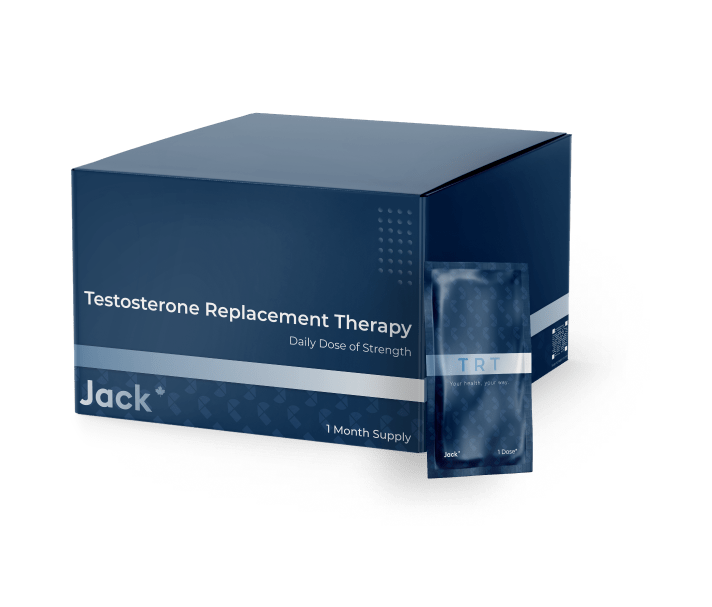





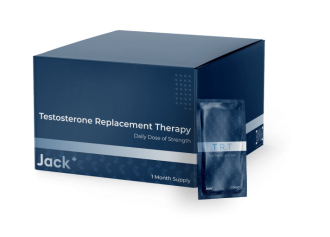
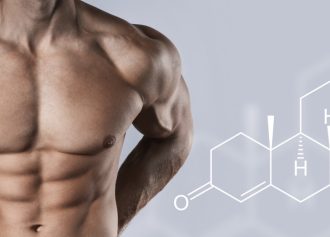






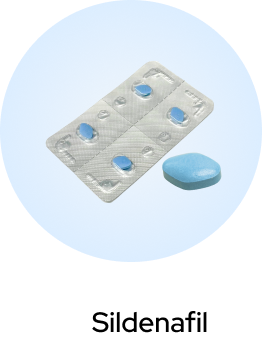
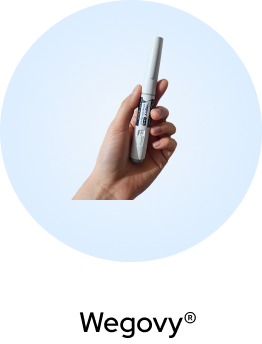
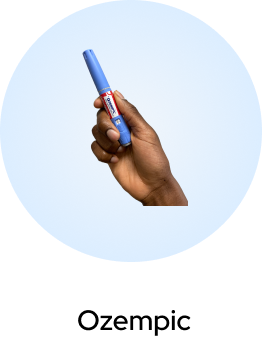


 (US)
(US)